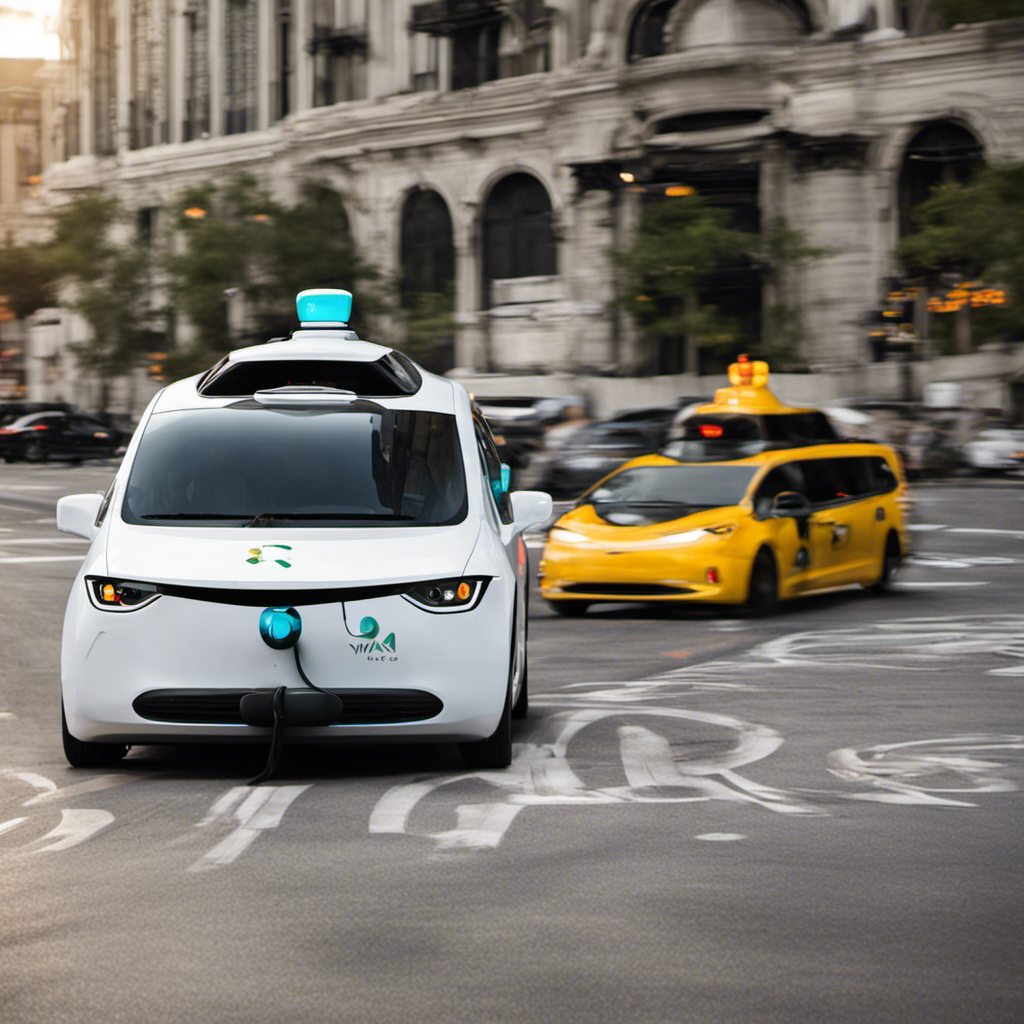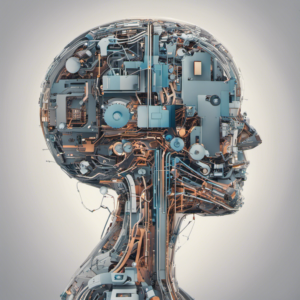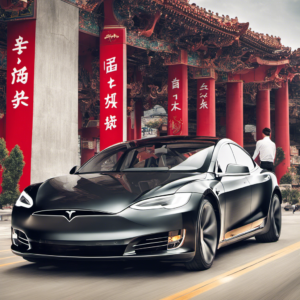
Cruise and Waymo Experience Surge in Robotaxi App Downloads After Regulatory Approval
Following a recent decision by the California Public Utilities Commission that granted Cruise and Waymo the authority to expand and charge for their driverless car operations in San Francisco, there has been a notable surge in consumer interest for their competing robotaxi services.
Data from app intelligence provider data.ai indicates that the Waymo One app experienced a significant increase of 15,400 downloads in the five days following the August 10 vote, marking a 67% rise from the previous week’s 9,200 downloads. Similarly, the Cruise app saw a 77% boost in downloads by first-time users, totaling 8,300 downloads within the same five-day timeframe.
In terms of overall app downloads, data.ai’s statistics reveal that the Cruise app has been downloaded a cumulative total of 146,000 times, while estimates for Waymo One’s downloads stand at approximately 513,000. The higher download count for the Waymo One app is attributed to its longer operational history in the greater Phoenix area. Despite Cruise’s expansion into other cities, its primary concentration of self-driving cars and commercial operations remain centered in San Francisco.
It’s important to note that app downloads serve as an indicator of demand. However, the active user count for both Cruise and Waymo, as well as the rate at which users are being transitioned from waitlists to active service access, remain less transparent. Waymo revealed to TechCrunch that around 100,000 users are currently on the waitlist for the Waymo One service in the San Francisco region.
This surge in interest coincides with Cruise and Waymo’s initiation of charging for driverless rides in San Francisco. Both companies have been engaged in limited paid operations within the city for several months. The CPUC’s decision granted them the definitive permit necessary to offer commercial robotaxi services throughout San Francisco, without time restrictions and with the freedom to deploy an unrestricted number of robotaxis on the roads.
Shortly after the vote, Cruise dispatched an email on August 14th to users, announcing the commencement of charges for all driverless rides. The email assured users of transparent fare sharing upfront and guaranteed the absence of surge pricing, a tactic employed by human-driven ride-hailing apps like Uber and Lyft. The email also hinted at forthcoming service upgrades and extended operating hours.
Waymo also conveyed a similar message to its users through the app and email channels, albeit with a few differences. The company disclosed its intention to commence charging for Waymo One rides in San Francisco starting August 21st. Similar to Cruise, Waymo One users will be presented with upfront fare details. Notably, Waymo clarified that the fare is based on the most direct route and will remain unchanged even if the car unexpectedly re-routes. The company acknowledged the possibility of higher prices during peak hours, such as nights and weekends, while reaffirming the continued provision of free service for its wheelchair accessible vehicle (WAV) offering in the city.
As the consumer interest in Cruise and Waymo continues to grow, so does the opposition. Public opinions shared before the CPUC vote indicated a divided stance on the presence of robotaxis on public roads. In the aftermath of the decision, several incidents involving Cruise’s self-driving vehicles, including a situation where 10 vehicles stalled and obstructed traffic, have garnered disapproval from city officials.
In response, San Francisco City Attorney David Chiu has taken action by filing motions with the CPUC on Wednesday, urging a pause on Cruise and Waymo’s plans to introduce charges for robotaxi rides throughout the city at all times.

